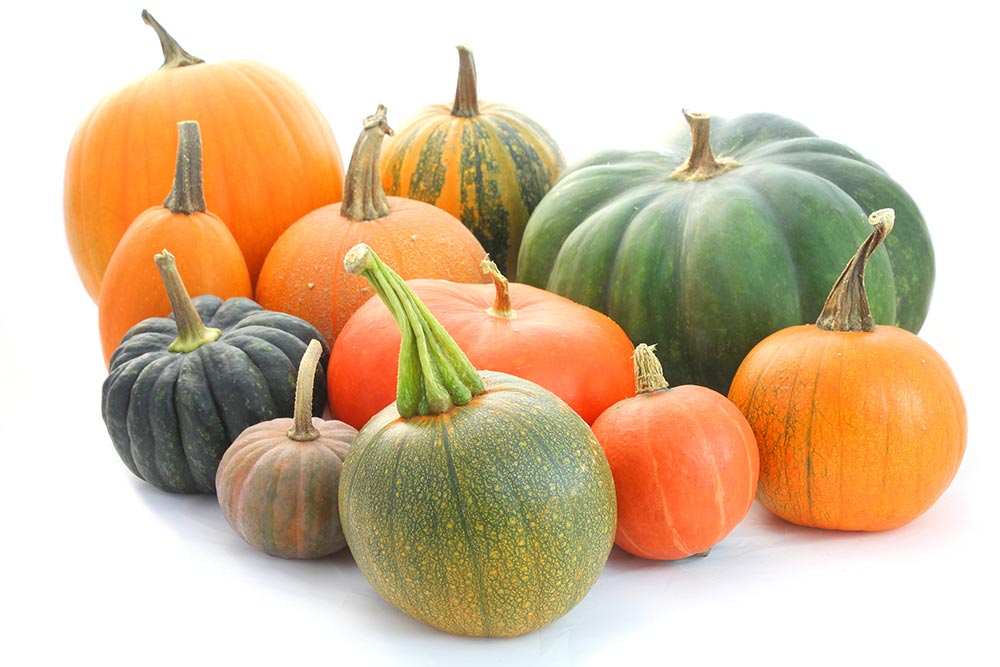
Storing Winter Squash at Home
— By Kathy Savoie, Extension Educator, University of Maine Cooperative Extension
As I transition to a new season in my new home, I find myself pondering the best space to store my winter squash cache. After having lived in the same older home for 25 years, where I had nailed down the best microclimates for winter storage (think drafty old house), I expect I’ll have some challenges in our open-concept home. Winter squash are one of my favorite foods to keep on hand for all those delicious and satisfying squash-based soups, side-dishes and desserts. I enjoy all the varieties (with Buttercup always at the top of my list) and seem to find a new variety to try each year.
Hard-shelled winter squash, if stored properly, may be used well into the new year. Buttercup and Hubbard varieties are some of the best keepers and can be stored from 3 – 6 months. The best results will be achieved by storing unblemished squash at 50 – 55 degrees F in 50 – 70% relative humidity with good ventilation. In terms of winter storage requirements, this is considered a warm and dry environment. Some areas of your home to consider for these storage conditions: basement areas, and semi-heated spaces (like a spare bedroom). Store in brown paper bags or cardboard boxes to control humidity.
How to Store Winter Squash
Keep in mind the following:
- Both squash and pumpkins will deteriorate rapidly if stored at temperatures below 50 degrees F.
- Promptly discard or compost any squash that show signs of decay.
- Do not store squash near apples, pears, or other ripening fruit. Ripening fruit releases ethylene gas which shortens the storage life of squash.
